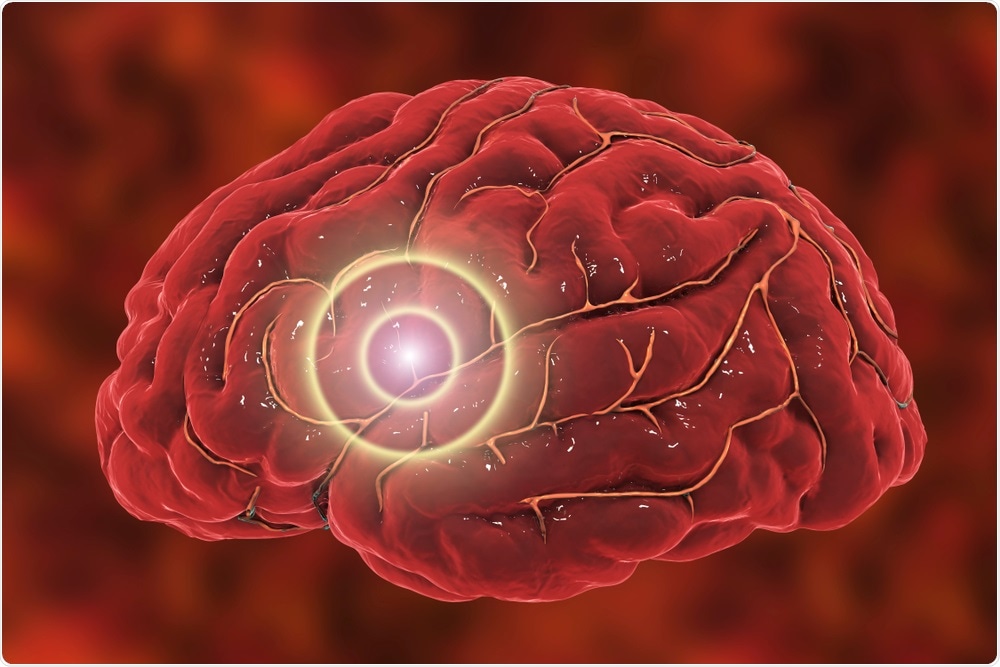The National Institutes of Health (NIH) has announced it will fund a nationwide preclinical trial platform called the Stroke Preclinical Assessment Network (SPAN) to ensure candidate new treatments for acute ischemic stroke are tested systematically and efficiently in rodents.
The NIH is calling on researchers to make the standards and practices applied in preliminary, preclinical studies (such as randomization and blinding) more similar to the ones used in clinical trials. The aim is to improve clinical trial outcomes, as many drugs fail during human testing.
Seven laboratories will collaborate to apply the robust practices when testing the efficacy of six potential therapies for ischemic brain injury. An estimated $4 million will be provided by the NIH over the course of three years.
 Kateryna Kon | Shutterstock
Kateryna Kon | Shutterstock
Identifying promising treatments
The term “preclinical” refers to preliminary medical research conducted in laboratories where scientists investigate the causes of disease and potential new treatments. This often involves modelling such diseases in rodents and over the past few decades, this type of research has become more common across all areas of medicine.
Director of NIH’s National Institute of Neurological Disorders and Stroke (NINDS), Walter Koroshetz, says the main goal is to identify the most promising treatments for testing in patients who have entered clinical trials.
In the long term, we hope that this approach will increase the chance of success in pairing a brain saving treatment with the current practice of clot removal used to treat patients with potentially fatal or disabling stroke.”
Walter Koroshetz, Director, National Institute of Neurological Disorders and Stroke
Most strokes are ischemic
Approximately, 85% of all strokes are ischemic strokes, which are a leading cause of disability and death in the United states. An ischemic stroke occurs when an artery leading to the brain or a small vessel within the brain becomes blocked, often by a blood clot, which stops blood flow to the brain.
Strokes can leave victims with a range of severe complications, including chronic pain, cognitive problems, difficulty speaking and partial paralysis of the face and limbs.
Blockages in the vessels that cause an ischemic stroke form for various different reasons, with two common examples being atherosclerosis and heart conditions such as atrial fibrillation.
In atherosclerosis, the fatty deposits that accumulate inside the walls of arteries cause the vessels to narrow and harden, which makes them more susceptible to blockage. A blood clot can form om the fatty deposit, which, if it breaks away, can move towards the brain in the bloodstream and trigger a stroke.
In cases of atrial fibrillation and other heart conditions, clots can form in the heart and then travel through the bloodstream towards the brain.
Current treatments
Currently, treatment approaches are aimed at removing the clot, either by injecting blood thinner tissue plasminogen activator to dissolve it or by directly extracting it from blocked vessels.
Although both approaches are effective at aiding patient recovery, preclinical research suggests that a number of therapies could protect against the brain damage that occurs before or during the reopening of a blocked vessel.
However, researchers do not know whether the therapies would be effective in people and many 1990s trials failed before clot removal became an effective and commonly used treatment.
“We can do more”
Research has recently demonstrated that some of the most promising-looking approaches to treating stroke and other conditions often cannot be reproduced in other laboratories or fail when scientists try to translate them into therapies that can be used in people.
While we’ve made lot of progress in helping patients recover from ischemic strokes, studies in the lab suggest we can do more. Over the years several labs have shown that therapies used for other diseases could also be repurposed to help patients recover from an ischemic stroke attack."
Patrick Lyden, Principle investigator, SPAN trial
Using clinical trial standards and practices in preclinical research
To tackle these problems, the NIH has collaborated with scientific journals in a project named “Rigor and Reproducibility,” which aims to make the standards and practices that are applied in preclinical studies more similar to the ones applied in clinical trials.
Program director at NINDS, Francesca Bosetti, says the SPAN trial will take the principles set out in NIH’s Rigor and Reproducibility guidelines one step further: “The network will use clinical trial practices and standards to search for the neuroprotective stroke therapies that have the greatest potential for working in humans.”
More specifically, the scientists will test the efficacy of six potential new treatments for protecting against brain damage before and during clot removal. The therapies have already been FDA-approved for the treatment of other conditions including multiple sclerosis and cancer.
The animals involved in the experiments will be rodents and the model used will be the transient middle cerebral occlusion model of ischemic stroke.
Examples of clinical research practices that the trial will apply include randomization, blinding, large study population and efforts to make results reproducible in other laboratories within the network.
The results generated will be more reliable for making decisions about whether any of the treatments enter phase II clinical trials, where effectiveness, efficacy and the risk of adverse side effects are assessed in patients.
These labs have produced a lot of great ideas and promising preliminary data. It is our duty to patients to develop a system that rigorously tests and translates those ideas more effectively from bench to the bedside."
Walter Koroshetz